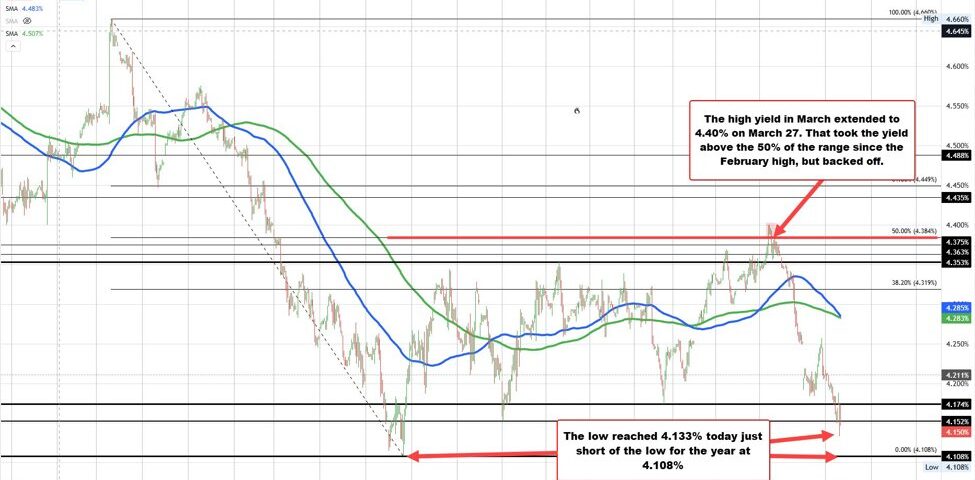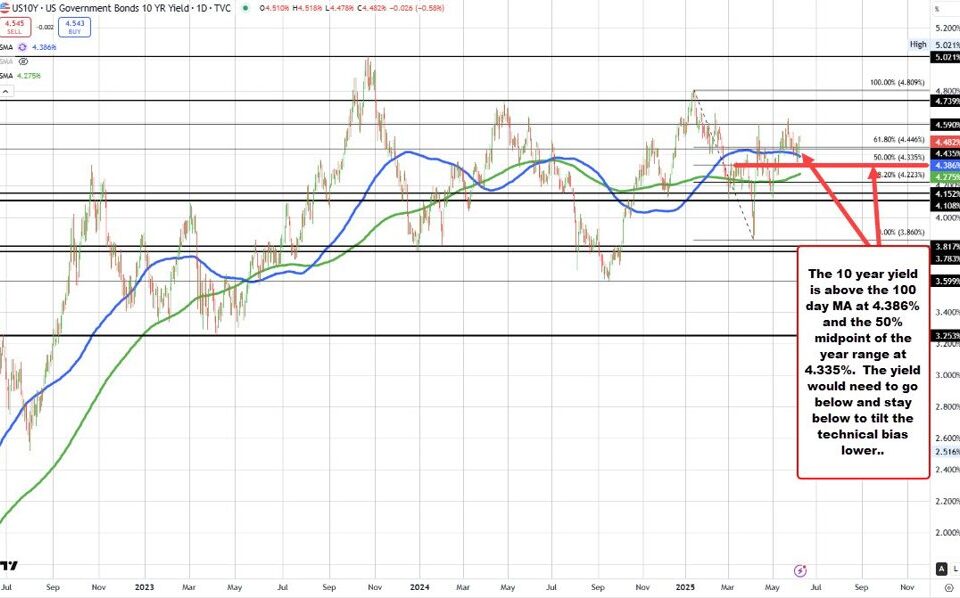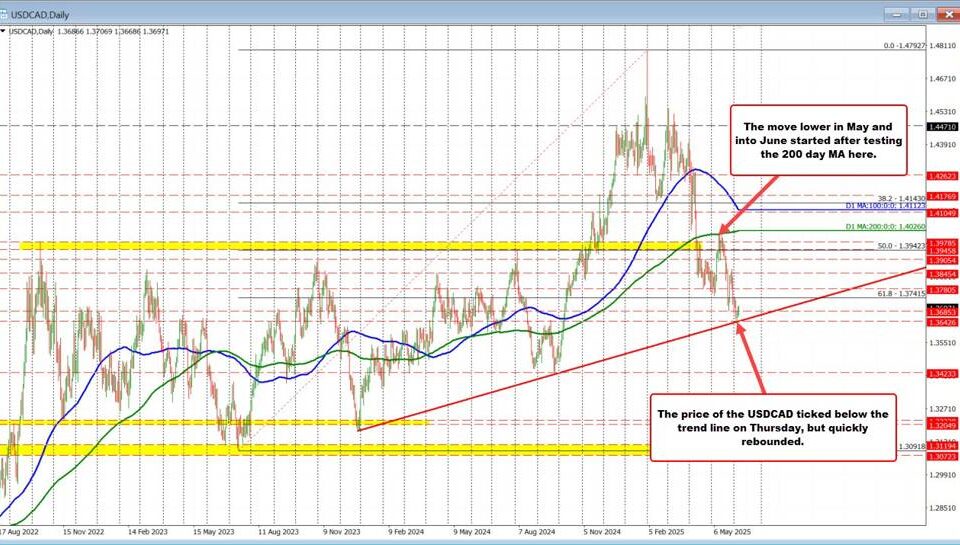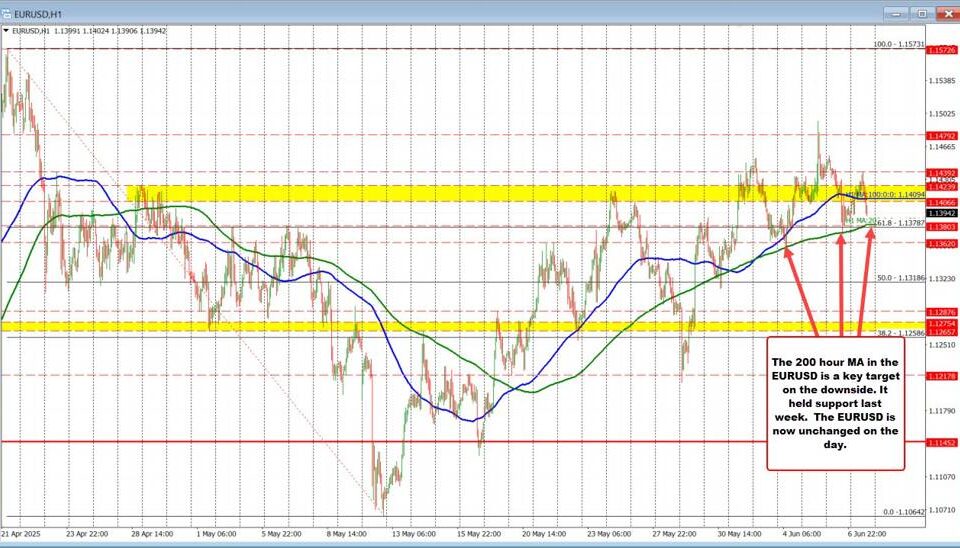Navigating Trade Turbulence: Trump’s New Tariff Strategy and Its Global Impact
Tháng 4 1, 2025Trump’s Agenda: Revamping American Competitiveness Through Trade and Consumer Protections
Tháng 4 1, 2025US 10-Year Treasury Yield Drops to 4.148%: What It Means for Investors
The recent decline in the US 10-year Treasury yield to approximately 4.148%—a decrease of about 10 basis points—has caught the attention of investors and economists alike. This notable drop, which sees the yield at a 4-week low, is indicative of a broader market response to evolving economic conditions and speculation regarding upcoming monetary policies.
Market Context: Understanding the Drop in Treasury Yields
The decrease in the 10-year yield suggests a significant rally in U.S. Treasuries, which traditionally occurs when investors seek the safety of government bonds amid economic uncertainty. This movement often stems from fears of a potential economic slowdown or anticipation of adjustments in interest rates by the Federal Reserve. As speculation surrounding tariffs and trade policies heightens, markets are bracing for the implications these factors could have on economic performance.
The ongoing discussions concerning tariffs are crucial, as they may lead to a contraction in economic activity, prompting the Federal Reserve to consider further interest rate cuts. Lower yields typically encourage borrowing and investment by reducing the cost of financing, potentially stimulating economic growth within a contracting cycle. This interplay between yields and economic policy reflects investor sentiment and strategic positioning in anticipation of future economic indicators. Understanding these dynamics is essential, especially as value investing approaches, like those highlighted in this article on value investing, gain importance during uncertain times.
Economic Indicators: Key Data on the Horizon
As we look ahead, several critical economic indicators are set to release, including the March ISM manufacturing and services indices, nonfarm payroll data, and updates on the unemployment rate. These metrics will serve as barometers for the economy’s health and will undoubtedly influence market sentiment surrounding the Treasury yields. A robust performance in these datasets could bolster confidence in economic stability, potentially dampening the current rush toward safer assets like Treasuries.
Conversely, disappointing figures may reinforce fears of economic slowdown, reaffirming the need for proactive monetary policy adjustments. Investors will be closely monitoring these upcoming releases, as they will be pivotal in shaping expectations for Federal Reserve actions in the coming months. Additionally, avoiding common investment mistakes, as discussed in this piece on key investment mistakes, will be vital for navigating this environment.
Global Context: U.S. Yields in a Worldwide Perspective
In comparative terms, while the U.S. 10-year yield remains relatively high compared to other major economies—e.g., Germany’s yield hovering around 2.676% and the UK around 4.631%—there is a noticeable downward trend in global yields as well. This global dynamic highlights that investor behavior is not solely influenced by domestic factors but is also responding to broader international economic trends.
With many investors seeking refuge in stable government bonds amidst uncertain economic forecasts, the decline in the U.S. yield aligns with similar occurrences across global markets. Such trends underscore the interconnected nature of the global economy and the way that movements in one region can influence investment decisions elsewhere. It’s also crucial for investors to be aware of psychological pitfalls that can accompany these decisions, as examined in Barry Ritholtz’s investment advice.
Conclusion: The Implications for Investors
The current drop in the US 10-year Treasury yield signifies a tactical pivot towards risk aversion among investors as they navigate the complexities of economic uncertainties. As forthcoming data releases may offer further clarity on the economic landscape, stakeholders are advised to continuously assess how these developments impact their investment strategies. The interplay between Treasury yields and economic indicators is vital for understanding market dynamics and making informed investment decisions in an evolving financial environment.




